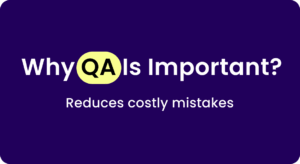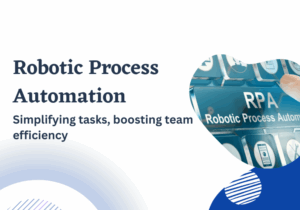According to HubSpot, “About 68% of customers are willing to pay more for products and services that are known for offering excellent customer service experiences.
And it’s your call center agents who play a vital role in nurturing positive relationships and delivering exceptional customer experience.
If they can do their job well, customers are more satisfied, which leads to excellent customer loyalty, higher customer retention rates, and increased revenue.
But if they mess up, it can lead to angry customers, lost revenue, and damaged reputation.
Therefore, it’s critical to measure agent performance so you can identify areas for improvement and ensure your call center operates at its best.
So how do you do that?
Well, we’re here to help you out.
In this article
We’ll explore the importance of evaluating agent performance in 2024 and discuss effective strategies, tools and performance metrics to do so.
A. Why is it important to evaluate agent performance?

In today’s competitive business world, customers want quick and excellent service.
Measuring your contact center agent performance is important because it helps you:
1. Enhance agent performance
When you assess your agents’ performance, you uncover their strengths and areas for improvement.
This insight allows you to tailor sales training and support to help them excel.
Whether polishing communication skills or deepening product knowledge, targeted improvements make for more efficient, savvy agents who can tackle challenges head-on and get more done.
2. Maintain quality assurance
You ensure your customer service consistently hits the mark by evaluating sales agent performance.
This means every interaction meets the high standards your customers expect, fostering trust and loyalty.
3. Identify strengths and weaknesses
Every agent brings unique strengths to the table, but there are always areas where they can grow.
By analyzing performance, you can pinpoint what each agent excels at and where they could use some extra support.
This sets the stage for personalized training and development that hones skills where they’re needed most and reinforces existing strengths.
4. Improve customer satisfaction
A well-performing agent is like a magician who can turn even the trickiest customer situations into wins.
When you evaluate interactions, you uncover ways to improve them.
Whether shaving off response times, ensuring crystal-clear communication, or ramping up problem-solving skills, these improvements translate into happier customers who keep returning for more.
5. Drive business growth
Regularly checking how well your agents are doing isn’t just about staying where you are—it’s about moving ahead.
When you make excellent customer service a big deal, people notice.
Happy customers stick with you, tell their friends, and help your business grow.
That means more money and chances to grow, even in a tough market.
B. Strategies to evaluate agent performance in 2025 and beyond?

Call centers use a variety of metrics to understand how effectively agents are assisting customers.
These metrics provide insights into agent performance and customer satisfaction.
While different organizations may prioritize different metrics, there are standard performance indicators in the customer service industry.
Here are the key metrics used to evaluate agent performance in 2025 and beyond:
1. Agent Productivity
Keeping an eye on your agents’ productivity is super crucial for seeing how well your customer support team is doing.
When you look at different things like response times and how many issues they’re solving, you get a good idea of how they’re helping customers.
Here’s a breakdown of some important metrics:
- First call resolution (FCR) rate: This rate indicates how often your agents successfully resolve customer issues during the initial contact. A high FCR rate suggests excellent agent performance and customer satisfaction.
- Average speed of answer (ASA): This metric shows your agents’ average time to pick up a customer call. A low ASA is a positive sign, indicating quick response times and efficient service.
- Percentage of call transfers: It reveals how often agents must pass calls to other team members or departments. A lower transfer rate suggests agents are knowledgeable and capable of addressing a wide range of issues themselves.
- Average handle time (AHT): Another essential metric that measures the average duration of agent-customer interactions. While a shorter AHT can signal productivity, balancing this with customer satisfaction levels is vital.
- Average response time: It is like a timer showing how fast your agents jump in to help when customers reach out. The quicker they are, the happier customers tend to be, and the less likely they are to get frustrated waiting around.
- Agent utilization rate: It is all about making the most of your agents’ time on the job. It’s like checking if they’re using their work hours wisely. If someone’s on an eight-hour shift but only actually helping customers for six hours, their utilization rate would be 75%. It lets you see if your team’s time is well-spent, considering breaks and downtime.
- Adherence to Schedule: This measures how well your agents adhere to their assigned schedules. High adherence means they’re managing their time well and focusing on helping customers when they’re supposed to. Aim for around 80% adherence to ensure your agents are making the most of their work hours.
- Calls Answered Per Hour: It tells you how many calls they’re handling in an hour, giving you insight into their efficiency. But remember, this number can vary based on factors like call volume and shift changes. So, while it’s a good indicator of productivity, it’s essential to consider other factors influencing call volume.
2. Customer experience
Customer experience is about how satisfied your customers feel after interacting with your business.
Focusing on these metrics provides valuable insights into how your customers perceive your business and how you can improve to deliver an even better experience.
Here are the top metrics that help you gauge and improve that experience:
- Customer effort score (CES): It measures how much effort your customers have to put into resolving their issues or using your product. Lower scores indicate smoother experiences, showing your customers aren’t struggling to get what they need.
- Customer satisfaction score (CSAT): CSAT surveys give you a direct insight into how satisfied your customers are with your service. It’s like a report card for your support team, helping you see where you’re excelling and where you might need to step up your game.
- Net promoter score (NPS): NPS is all about customer loyalty. It tells you how likely your customers are to recommend your business to others. High scores mean you’re doing something right, and your customers praise you.
- Customer churn rate: The rate is the percentage of customers who stop using your service or cancel their subscriptions. Monitoring this helps you understand if there are any red flags in your customer experience that might be driving people away.
- Customer lifetime value (CLV): This metric looks at the total revenue you can expect from a single customer over their entire relationship with your business. It’s a great way to see the long-term impact of your customer experience efforts and understand the true value of each customer to your bottom line.
3. Call initiation
Call initiation metrics are crucial for understanding how quickly customers reach out to your support team and how efficiently you handle their requests.
Monitoring these call initiation metrics ensures your support team is responsive, efficient, and always ready to help.
- First response time (FRT): This is like the speed dial of customer service. It tells you how quickly your agents act after a customer reaches out. Think of it as the time it takes for your support team to say “hello” after the customer says “help.” Customers want swift responses, so monitoring FRT helps you ensure you’re not leaving them hanging.
- Blocked Call Percentage: This tells you how often customers hear a busy signal when they call for help. High percentages might mean your phone system or agents need fixing.
- Average Call Abandonment Rate: This measures how many people give up waiting on hold and hang up. A high rate means customers are getting frustrated, which isn’t good for your brand trust.
- Active Waiting Calls: This shows how many customers are waiting on hold right now. Many active waiting calls could mean your agents are really busy, so it’s a sign you might need more support staff.
- Issue Resolution Rate: This tells you how many customer problems are getting fixed out of all the questions you get. A high-resolution rate means your support team is doing a good job. But if lots of issues aren’t getting sorted, it’s a hint you need to improve your support process.
C. How Enthu.AI measures, evaluates and improves agent performance?
With the right technology in place, call centers can measure these above performance metrics and empower their agents to perform at their best.
One such cutting-edge AI-powered solution is Enthu.AI.
It’s a conversation intelligence software that helps you evaluate key agent performance metrics and provide top-notch customer experience.
Here are some great ways Enthu.AI helps you improve agent performance in contact centers:
1. Call summary
Enthu.AI is like a cheat sheet for your calls.
It gives you all the juicy details, from start to finish of each call.
You’ll get insights on everything from introductions to closing remarks and even pick up on any restricted or vulgar language.
It’s like having a virtual assistant highlighting the key moments in every conversation.
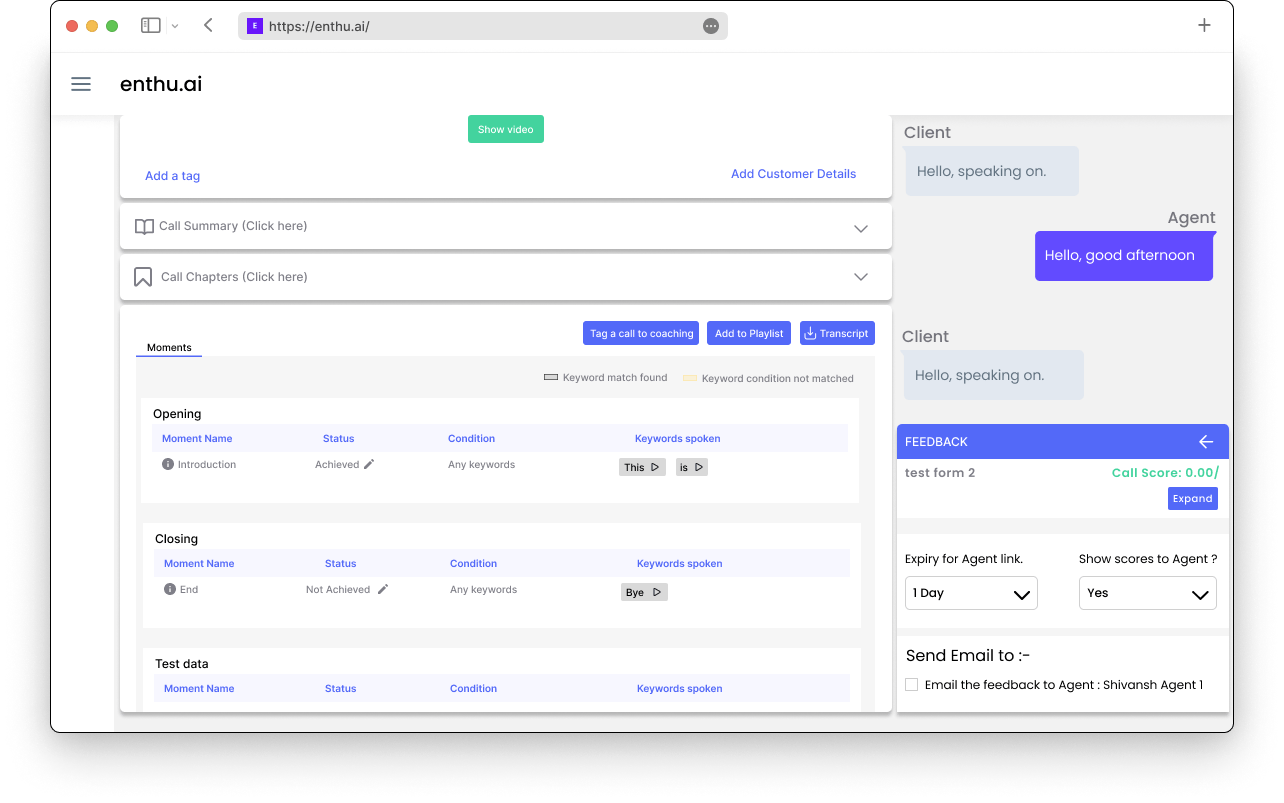
2. Call analysis
This is your detective tool for diving deep into calls.
You can filter and sort through calls based on different criteria, such as teams, groups, call types, and more.
It’s like having X-ray vision for your call data, allowing you to easily uncover patterns and trends in agent performance.
3. Search phrases
Ever wish you could just Ctrl+F through your calls? With Enthu.AI, you can! Search for keywords or phrases and instantly find the calls you’re looking for.
It’s like having a supercharged search engine for your call transcripts, saving you time and effort in finding important information.
4. Sales coaching and training
Enthu.AI is like having a personalized coaching software for your agents.
It captures customer feedback across various channels and integrates seamlessly with your existing tech stack.
You can run automated quality management programs, monitor conversations at scale, and identify revenue opportunities for improvement.
Plus, it provides insights for multiple teams so everyone can benefit from the customer intelligence gathered.
5. Reporting
It’s your go-to for tracking progress and measuring success.
Enthu.AI provides comprehensive call center reports on team and agent evaluations, presented in interactive charts and graphs.
It’s like having your performance metrics laid out in a user-friendly dashboard, making it easy to spot areas for improvement and celebrate wins.
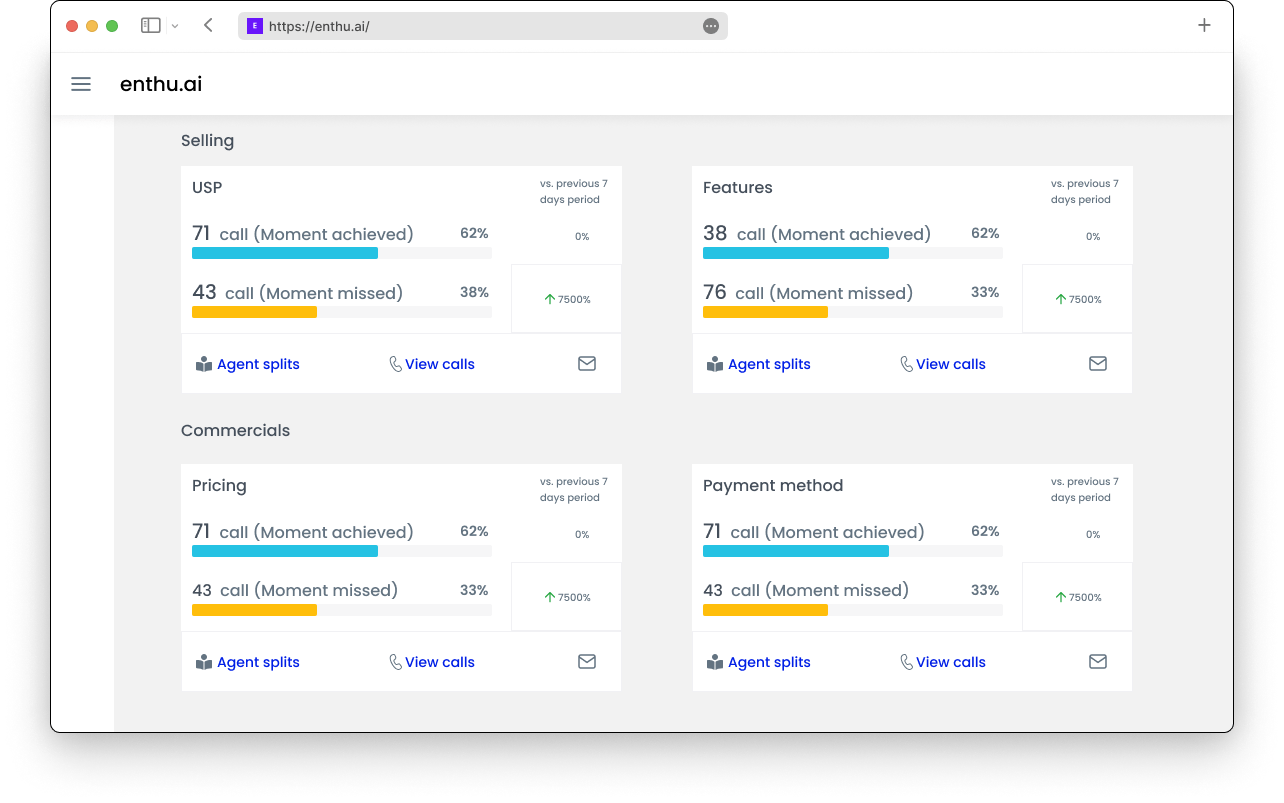
Conclusion
While measuring contact center agent performance might seem daunting, it’s actually the first step in boosting your overall customer service quality.
Start by identifying your organization’s most important metrics, then focus on implementing data-driven strategies to help your agents reach their full potential.
Whether you’re a team leader or a company aiming to enhance customer experience, tracking agent performance through key indicators is essential.
Doing so lets you pinpoint areas needing improvement and act accordingly.
To streamline this process, consider using Enthu.AI, your top call center software for call monitoring, speech analytics, sales training, and more.
Remember, measuring agent performance isn’t just about meeting industry standards—it’s about providing exceptional service that keeps your customers coming back.
With Enthu.AI, you can centralize agent performance metrics, generate performance reports, and share insights across teams effortlessly.
FAQs
1. How to measure the performance of an agent?
To measure the performance of an agent, you can track metrics such as first call resolution rate, average handling time, and customer satisfaction scores. These metrics provide insights into how efficiently agents handle customer inquiries and resolve issues.
2. How do you track agent performance?
Tracking agent performance involves monitoring key performance indicators (KPIs) such as call resolution times, adherence to schedules, and customer feedback. By analyzing these metrics, you can assess individual performance and identify areas for improvement.
3. How to measure agent productivity?
Agent productivity can be measured through metrics like calls handled per hour, average response time, and call quality scores. These indicators help evaluate how effectively agents manage their workload and deliver satisfactory service to customers.

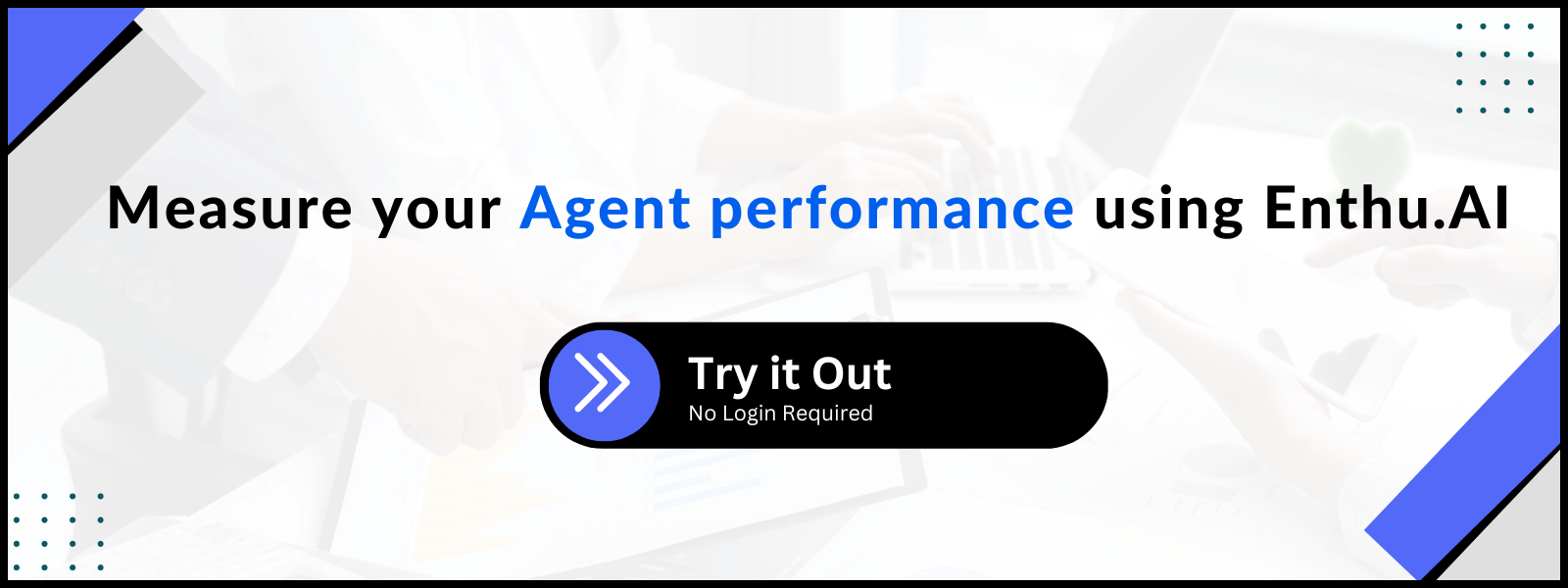
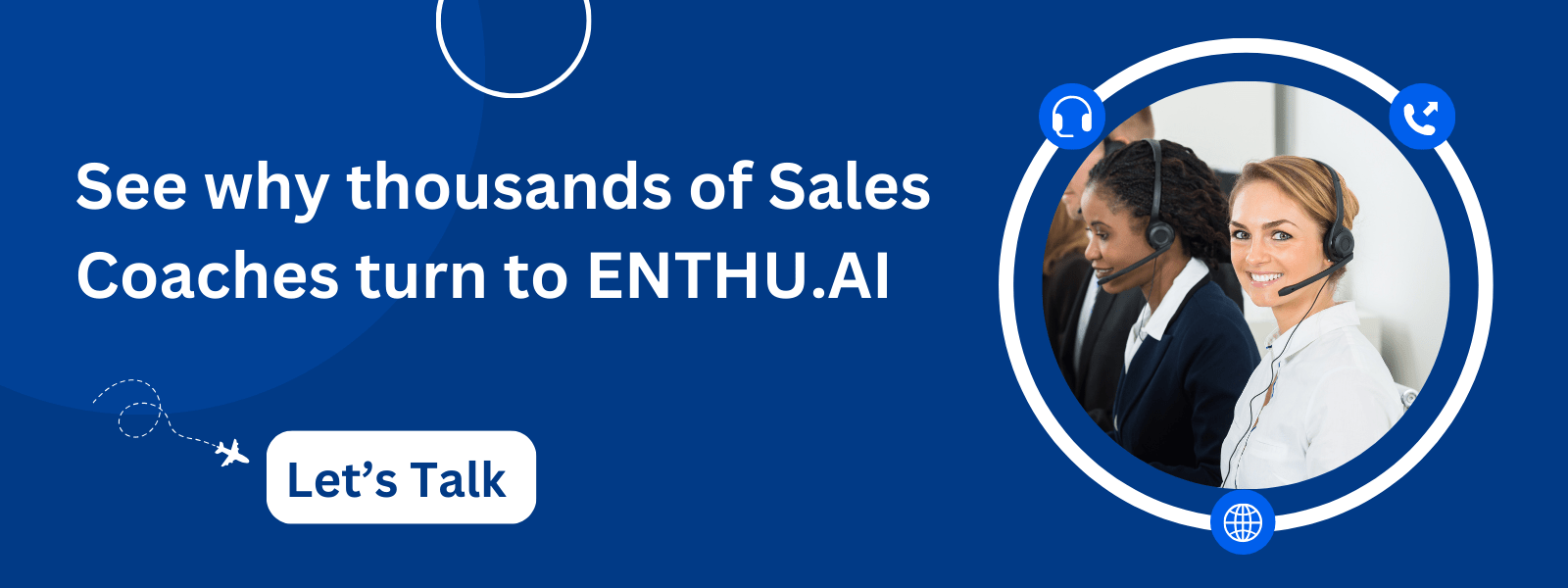

 On this page
On this page

